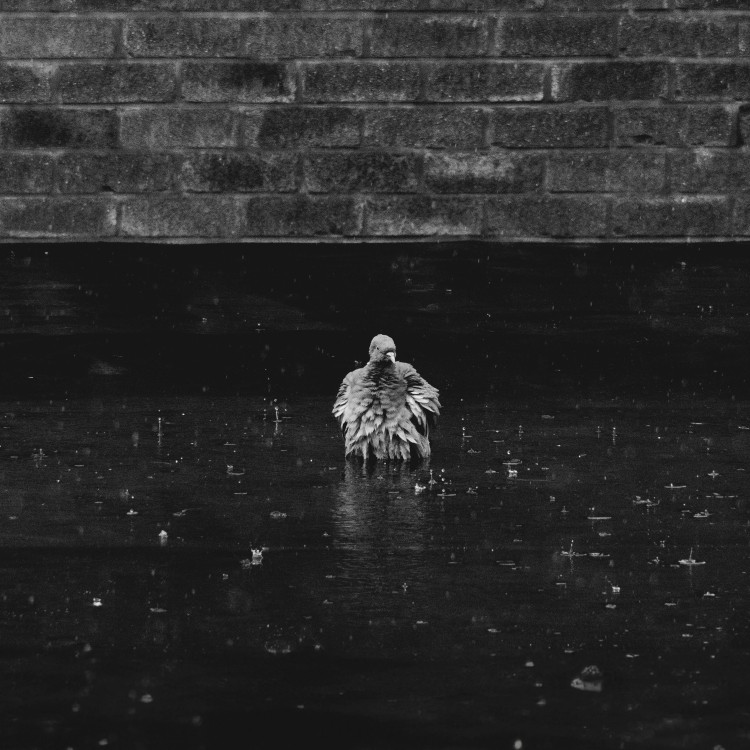

Is een methode voor het leveren van besturingssignalen aan een implanteerbaar gehoorapparaat een therapeutische methode die valt onder de uitsluiting van octrooieerbaarheid van Art 53(c) EPC?
The Board of Appeal in decision T 0825/19 concerns an appeal to the Opposition Division’s [OD] decision to reject the opposition against EP 2408519. The OD held that none of the grounds under Art 100(a) EPC jo Art 53(c) EPC, Art 54 EPC and Art 56 EPC and Art 100(c) EPC jo. Art 123(2) EPC prejudiced the maintenance of the patent as granted. None of Auxiliary Requests 1 to 5 were discussed. In particular relevant is the OD’s position on Art 53(c) EPC in that the OD did not recognize a functional link or physical causality between the steps of the claim and a therapeutic effect on the body.
The opponent requested to set aside the OD’s decision and to revoke the patent. In addition to novelty and inventive step arguments, the opponent emphasized their view that the patent as granted contained subject matter excluded from patentability under Art. 53 (c) EPC.
The proprietor requested to maintain the patent as granted or on the basis of the ARs filed in first instance.
The claim at stake relates to a method of providing a control signal for application to a mechanical actuator of an implantable hearing device, the method being defined by several signals being transmitted, modulated, received etc.
Preliminary Opinion
Contrary to the OD’s view, the preliminary opinion of the Board was that the claimed method involves interaction between the mechanical actuator and the carrier’s body. Dismissing this interaction would undermine the method’s purpose, which is to assist users with hearing loss and additionally result in a lack of inventive step.
The Board referred to T 1021/98 and in particular point 2.5 of the decision and its analysis of former decision T 0789/96 therein setting out the essential points to be addressed are
- i) whether or not the claimed method provides an effect on the body and
- ii) whether the effect qualifies as a therapeutic one.
Consequently, the Board was minded that claim 1 defines subject matter excluded from patentability under Article 53(c) EPC due to its focus on treating symptoms related to ‘’a human body disorder or malfunction’’. The Board considered the effect resulting from the claimed method a therapeutic effect, since it has for purpose to improve the hearing of users suffering from a malfunctioning middle ear. As long as the claimed subject-matter incorporates one step of therapeutic nature, it falls under the exclusion from patentability of Art 53(c) EPC.
In response to the preliminary opinion the patentee indicated they did not intend to be present at the oral proceedings, upon which the opponent only conditionally requested oral proceeding if the Board did not intend to revoke the patent. This was not the case and oral proceedings were cancelled.
Decision
The Board decided to set the decision under appeal aside and revoke the patent since all requests on file comprised subject-matter excepted from patentability (Art. 53(c) EPC.








